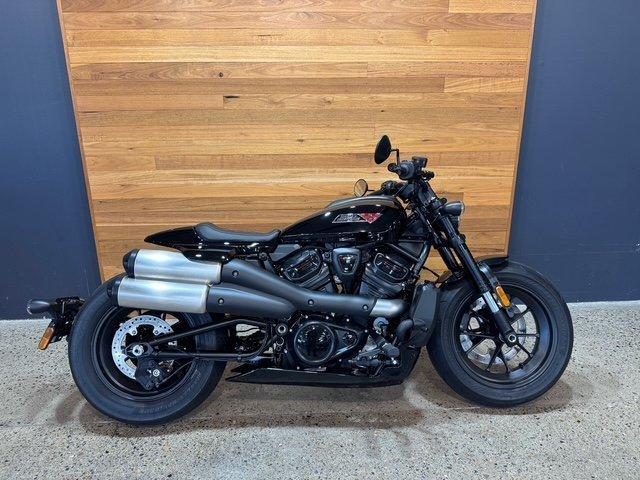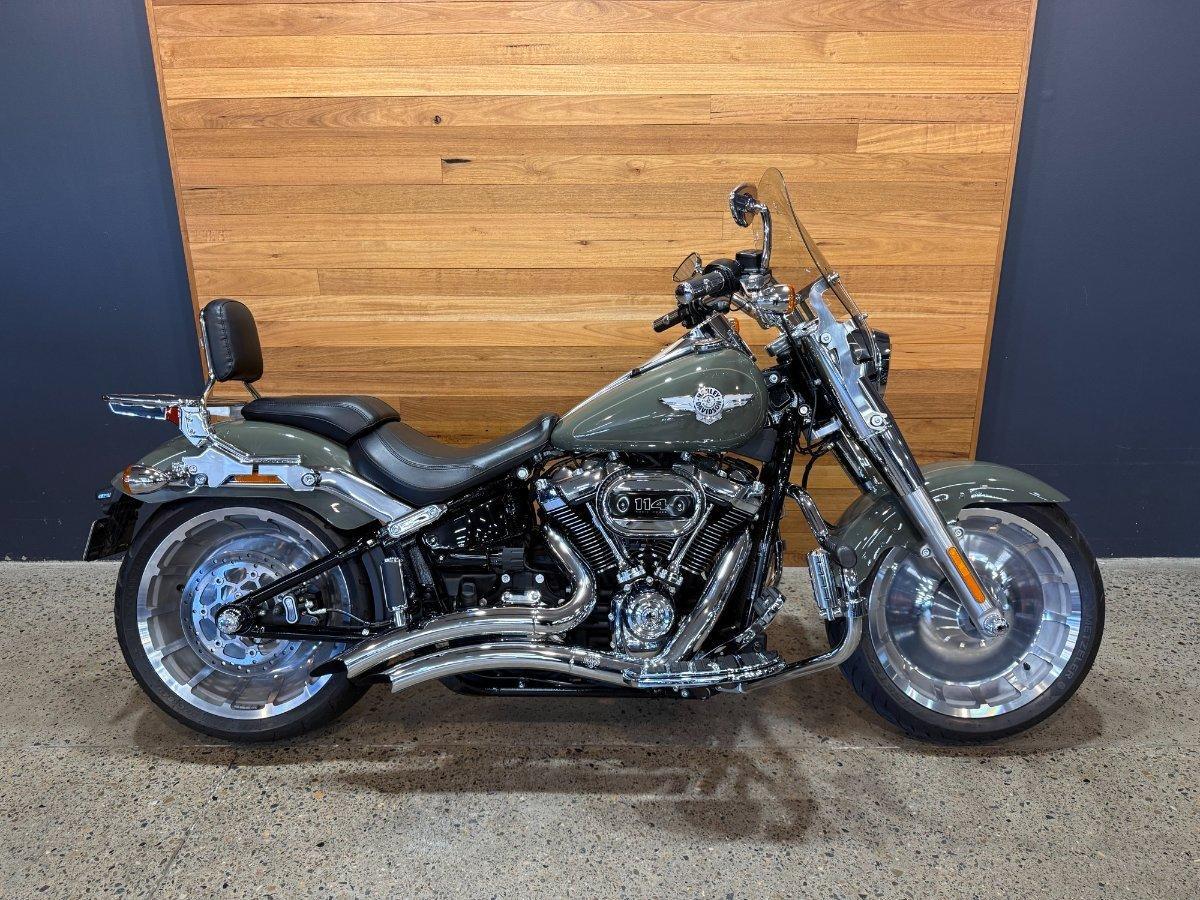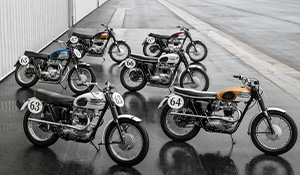FEATURE - BMW R20 Concept
Words: Mike Ryan
Photos: BMW Motorrad

BMW’s support of the annual Concorso d’Eleganza at Villa d’Este in northern Italy means that, for the past few years, we’ve been treated to concepts and futures visions of the German manufacturer’s range. Most of those creations have been of the four-wheel type, but occasionally, BMW Motorrad join the party, too. This year, the two-wheel division presented a bigger - and much, much bolder - take on the R18.

What BMW are calling the ‘R20 concept’ takes familiar R18 features, like the Big Boxer engine, exposed shaft drive and retro styling elements, but presents them in a very new way.
“The R20 concept is a bold interpretation of the BMW Motorrad DNA,” says Alexander Buckan, Head of Design BMW Motorrad.
“It combines modern technical elements with a classic roadster design. Its oversized proportions and minimalistic aesthetic make it an unmistakable character.”
While BMW describe the R20 as “art on wheels,” it’s worth noting that the concept was running and rideable at Villa d’Este. Additionally, the quantity of carefully thought-out features in its engineering strongly suggest it’ll reach production at some point in the future.

Bigger Boxer
While obviously based on the R18, the name of the R20 concept gives away the fact that there’s been some upsizing in the engine department. Whether the capacity increase from 1,800cc to 2,000cc has been achieved through bore or stroke isn’t revealed, but BMW do state that the engine runs new cylinder head covers and a new belt cover, while a new oil cooler was developed specifically for the concept and sits higher up on the air/oil-cooled engine than it does on the R18.
There’s no airbox, with velocity stack-style induction for each cylinder, with the exhaust similarly open and presented with no silencers.

Outputs from this larger, freer-flowing 2-litre Boxer aren’t listed, but expect a healthy increase on the standard R18’s maximums of 67kW and 158Nm.
Gearbox specs aren’t mentioned, but it can be presumed that the R18’s six-speed has been applied to the concept. The R18’s exposed driveshaft is evident, but it’s shorter and framed by a new take on BMW’s signature Paralever back end. In this application, the driveshaft is straddled by a chromoly swingarm below and Paralever strut above.

According to BMW, the kinematics in this set-up have been designed so drive torque is completely balanced.
The frame that mounts the transmission and larger 2-litre engine is all new, still of double-loop configuration, but with chromoly steel tubing forming the backbone. It also shortens the wheelbase to 1,550mm and significantly steepens the steering head angle to 62.5 degrees – the standard R18’s wheelbase is 1,731mm and rake is 57.3 degrees.

Black . . .
Unlike the R18 that runs a 19- and 16-inch wheel combination, the R20 concept features 17-inch rolling stock front and rear, but does mix things up by fitting a spoked wheel at the front and cast alloy wheel at the rear. The rear wheel is shod with a fat 200/55 tyre, while 120/70 rubber is fitted up front.
Suspension uses Öhlins ‘Blackline’ components – USD forks at the front and a long monoshock rear - with full adjustability for each. Front and rear disc brakes are gripped by beefy calipers from Swedish company ISR (a nice change from Brembos!), with six-piston calipers on the front and a four-piston caliper on the rear.

. . . and Pink
The R20 concept’s stripped, bobber-like styling is accentuated by the solo seat, deleted mirrors, no rear mudguard and no indicators – at least no apparent ones.
A bare metal finish for the engine components, along with the exhaust, swingarm, brake calipers and a few other elements, was a deliberate choice. This, along with blackout treatment everywhere else, highlights the bespoke fuel tank.
With its deep knee cut-outs, the tank has echoes of the type fitted to the iconic R90S and its derivatives, but stands out more for its colour than its shape. BMW refer to the colour as “Hotter than Pink” and say it was inspired by the 1970s. No known BMW motorcycle from this period wore such a shade, with the palette from that decade defined by browns, oranges and greens. It’s a bold choice and certainly gives the R20 concept more presence than if it was any other colour.

The headlight is a two-element unit, with the DRL incorporated into a 3D-printed outer ring. Within this, the main headlight seems to float. The tail light is also made up of two elements, which are fitted into the base of the solo seat to keep the back end free of clutter. That seat is mounted to the frame at its leading edge and trimmed in quilted Alcantara and leather.
Up front, the control centre is just as uncluttered as the back end. Low and broad handlebars carry only the essentials, while the compact, rectangular instrument pod is just as minimalist and is actually lifted from the new R12.

Coming Attraction?
As soon as the R20 concept was released, speculation started over the possibility of a production version. This seems more than likely, given past creations from BMW Motorrad to wear the ‘concept’ label have gone on to be released to the masses. Examples include the Concept 90 that became the R nineT, the Concept 101 that reached the market as the K 1600B and the Concept Link that evolved into the CE 02 electric scooter.

If (or more accurately when) the R20 concept becomes a production reality, it may revive the R18, which has been a solid, but not stellar performer for BMW since it was introduced in 2020.
Rivals to a production R20 will most likely be Triumph’s Rocket 3 and the Ducati Diavel, along with some of the brawnier Softails in Harley-Davidson’s range. But those are all cruisers and the R20 concept isn’t.

In spirit, it’s arguably closer to Yamaha’s V-Max, the first true muscle bike. Released in 1985, the V-Max wedged a big 1,197cc V4 into a compact frame and didn’t add much else, ensuring the engine was the star of the show. With styling that straddled the line between roadster and cruiser, the V-Max didn’t handle well and the brakes were average, but it made up for that with bags of power and eye-popping straight-line speed.
Intended for the American market, the V-Max found fans all over the world and remained virtually unchanged until 2009, when a revised version with an aluminium frame and larger 1,670cc V4 arrived.
BMW themselves make no such claims as to the R20 concept inheriting the V-Max’s mantle. They do say that it takes Big Boxer culture to a new level. You can’t argue with that.













